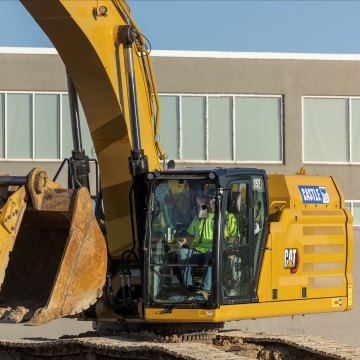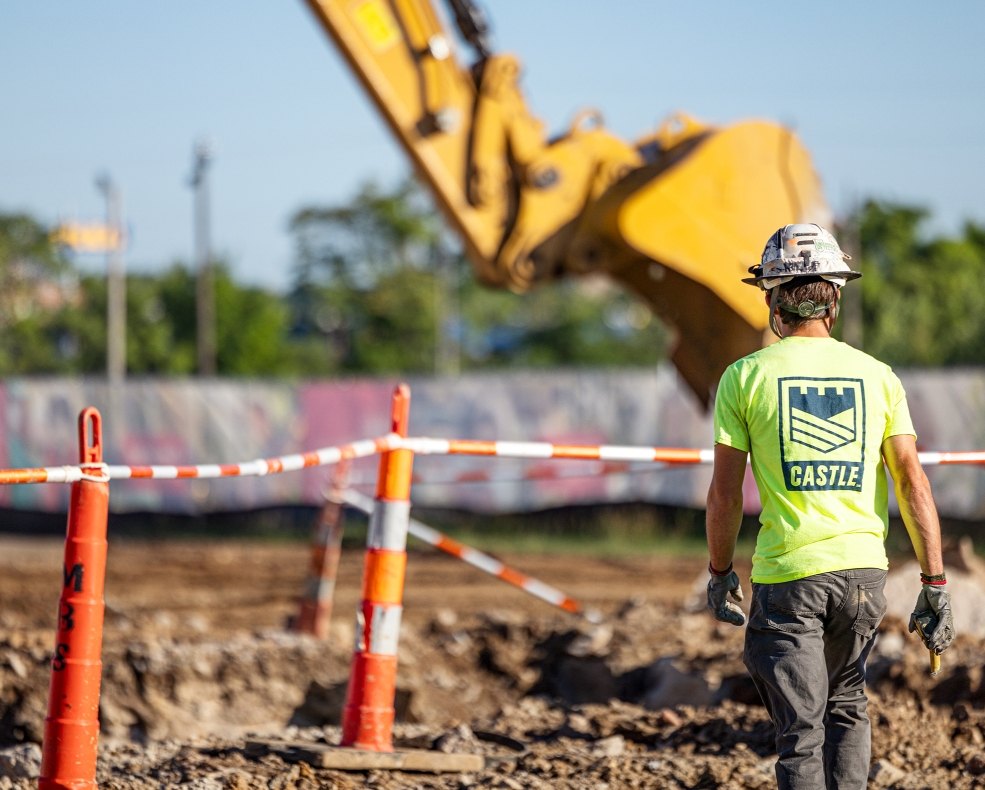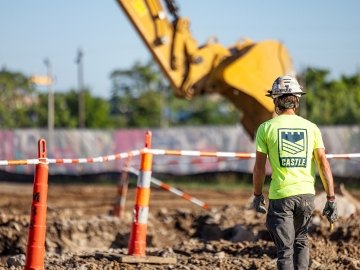What Is MEP in Construction? An Overview of MEP
When you walk into any modern building, you probably don’t stop to think about the systems that make it functional, comfortable and safe. Behind the walls and ceilings lies a coordinated network that delivers heating and cooling, electricity, water and waste management.
This is where MEP in construction comes in: the integrated planning and delivery of building utilities. When you think of MEP in civil construction, think of it as the framework of services that keep facilities operating efficiently through thoughtful systems integration.


What Does MEP Stand for in Construction?
MEP is an acronym for mechanical, electrical and plumbing. These three systems are the backbone of nearly every building, working together to provide comfort, safety and efficiency. Each discipline plays a unique role:
Mechanical Systems
Mechanical systems focus on heating, ventilation and air conditioning (HVAC). They regulate indoor temperature, humidity and airflow, which influence both occupant comfort and indoor air quality. Effective ventilation removes pollutants and supplies fresh air, while well-designed HVAC can reduce energy costs. In large facilities such as hospitals or factories, mechanical systems may also include specialized equipment like medical gas delivery, chillers and air-handling units.
Electrical Systems
From lighting and outlets to life-safety and communications, electrical design touches nearly every part of a building. These systems power critical infrastructure such as fire alarms, emergency lighting, security networks and telecommunications. Modern layouts must also account for IT requirements, smart building technologies and renewable sources like solar. Because electrical systems intersect with both mechanical and plumbing, careful coordination is essential to avoid conflicts and ensure smooth operation.
Plumbing Systems
Water supply and removal are the core functions of plumbing in any building, but the scope goes far beyond sinks and showers. Plumbing systems manage potable water, wastewater, storm drainage and gas piping. In specialized environments, plumbing may also handle chemical disposal, process water or medical gases, making it a critical component of both everyday use and complex facility operations.
Along with these three systems, you may also encounter this acronym as MEPFP to include fire protection, a common safety measure included with plumbing systems.
Why Is MEP So Important in Construction Projects?
The value of MEP systems in construction extends beyond basic functionality. Well-coordinated MEP systems in buildings determine how effectively a space supports its users.
Properly designed MEP systems are critical to:
- Energy efficiency – Smart HVAC design and modern electrical distribution reduce waste and lower utility costs.
- Safety – Fire alarms, sprinklers, emergency lighting and security systems protect occupants.
- Sustainability – Efficient plumbing fixtures and renewable-energy integration support lower water and energy use.
- Comfort and usability – Reliable heating, cooling, lighting and water access improve everyday quality of life.
When discussing MEP in building construction, we’re usually talking about the integrated planning, coordination and installation of these systems throughout a project’s lifecycle. By addressing conflicts early, project teams reduce change orders, streamline installation and improve long-term performance.
Stages of MEP in Construction Projects
The process of implementing MEP construction projects follows a series of stages to ensure systems work well together for years to come:
- Design – MEP engineers develop detailed drawings and calculations for HVAC layouts, electrical loads and plumbing routes.
- Coordination – Building Information Modeling (BIM) and clash detection identify and resolve issues before construction begins.
- Installation – Contractors install ducts, pipes, wiring and equipment according to specifications and standards.
- Testing & Commissioning – Comprehensive functional testing confirms safety, compliance and efficiency.
- Maintenance – Regular inspections and servicing help systems perform as designed.
Collaborate with Castle
Castle Contracting supports contractors from preconstruction to operations by coordinating trenching for MEP systems. Our team understands what MEP clients need to successfully and efficiently install the underground components of mechanical, electrical and plumbing systems on a project. As a knowledgeable earthwork and underground utilities partner, we provide the expertise and equipment to support projects of any size and complexity. Give your MEP project a strong start by utilizing a team that will collaborate and develop civil solutions to solve your project challenges and deliver quality infrastructure that’s built to last.
Learn more about working with us by filling out our contact form.

